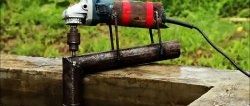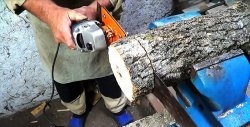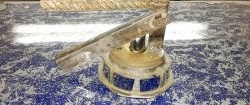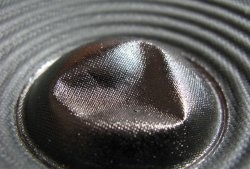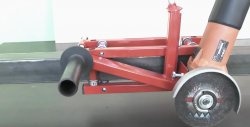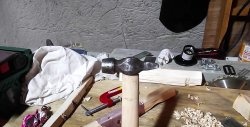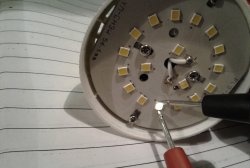Homemade quick-release clamp
In carpentry and plumbing, clamps are often used, which take a long time to compress and unclench. Their quick-clamping analogues hold workpieces weakly, so they are not applicable everywhere. However, there is a design for a powerful quick-release clamp that can be replicated at home.
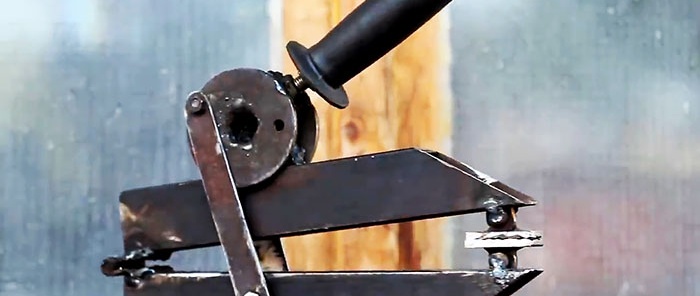
A profile pipe is used to make the clamp arms. 2 identical pieces of convenient length are cut from it. One edge of each trim should be cut at 45 degrees.
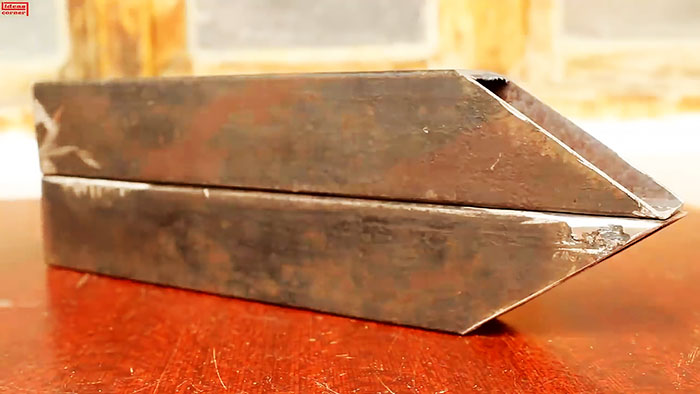
A furniture hinge is welded onto the shoulders from the flat end.
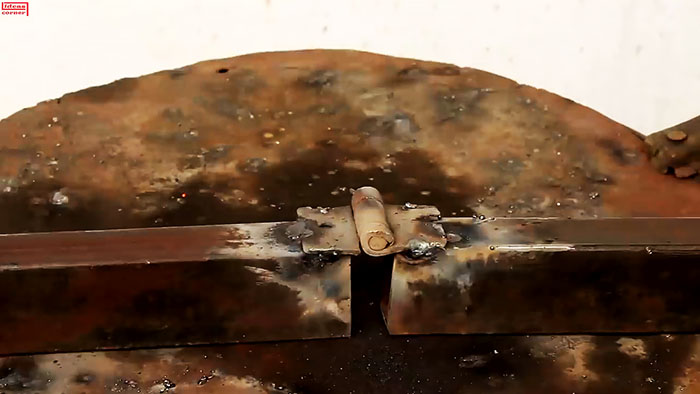
A hole is made in the core plate removed from the audio speaker magnet. A sleeve is placed on the core and the bearing is stuffed.
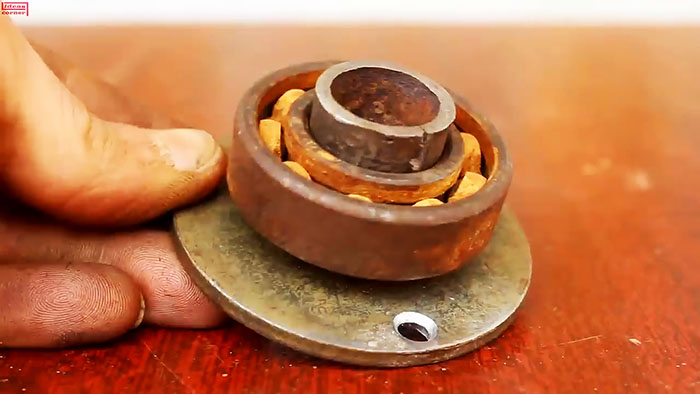
A washer is cut out of sheet steel, corresponding in diameter to the plate with the core. A hole is made in it opposite the hole on the speaker plate.The washer is welded to the bushing. You also need to weld the sleeve and core from the inside. The result is a powerful coil.
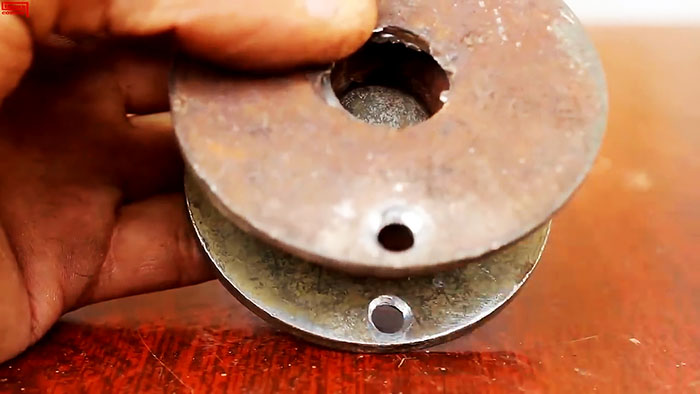
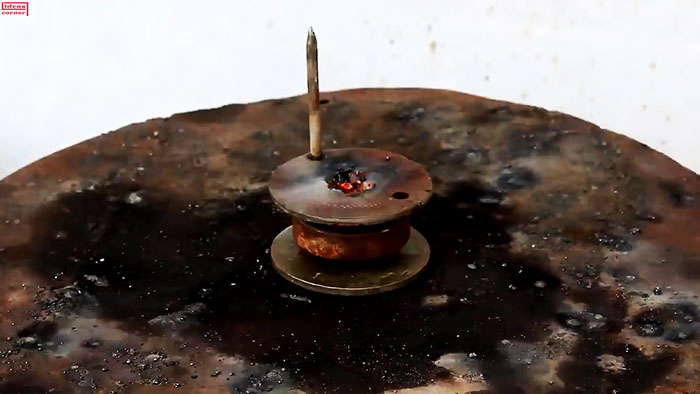
The coil is placed in the middle of the clamp arm and welded to it. You need to cook the upper race of the bearing.
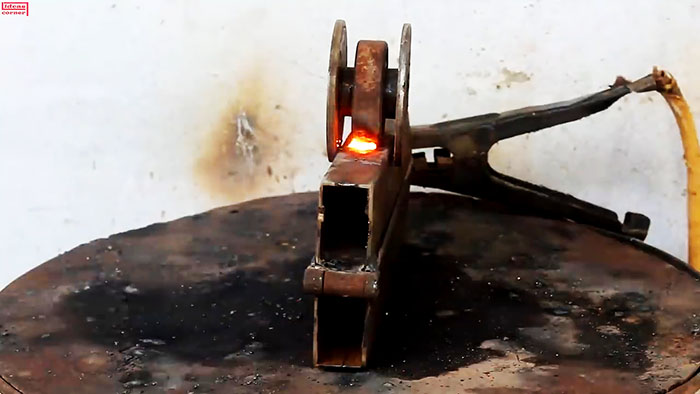
2 rods are cut from sheet steel.
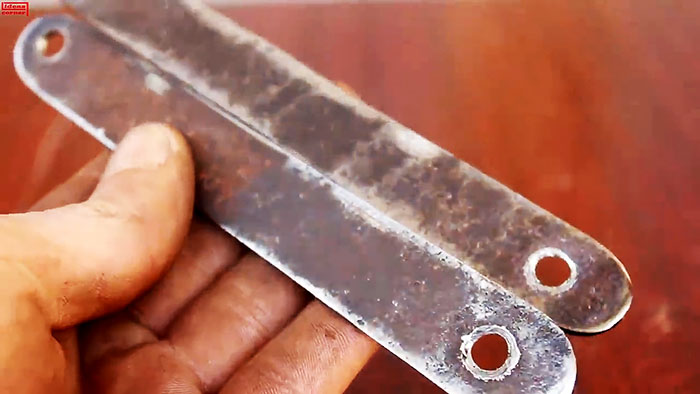
They must connect the holes on the reel, turned to the top point relative to the clamp, and the holes in its lower arm. Bolts are used as rotation axes for rods.
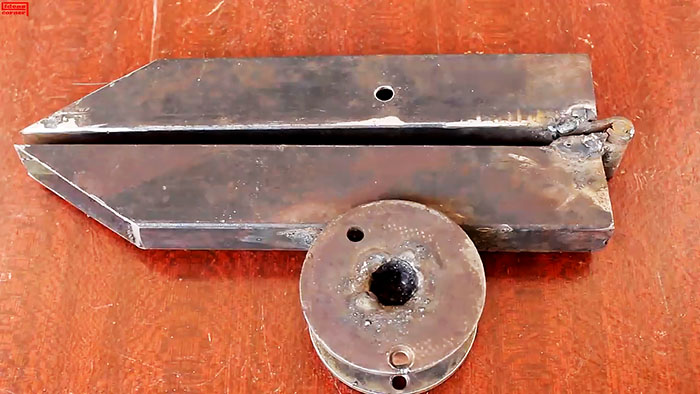
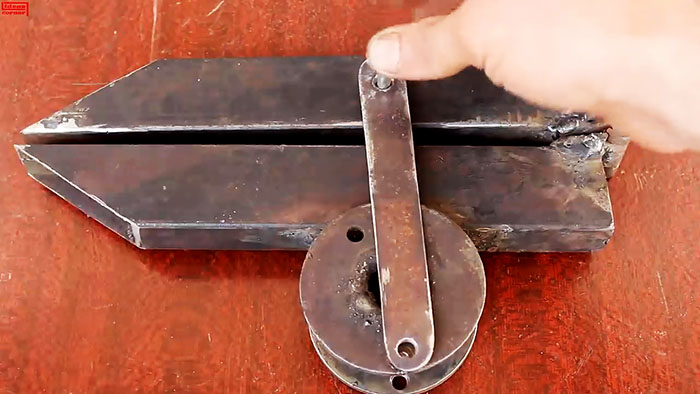
Now, when the coil rotates, the arms of the clamp open and contract. Having brought them together, you need to weld a washer with a nut into the front part of the coil in order to place the handle of an angle grinder or drill on it.
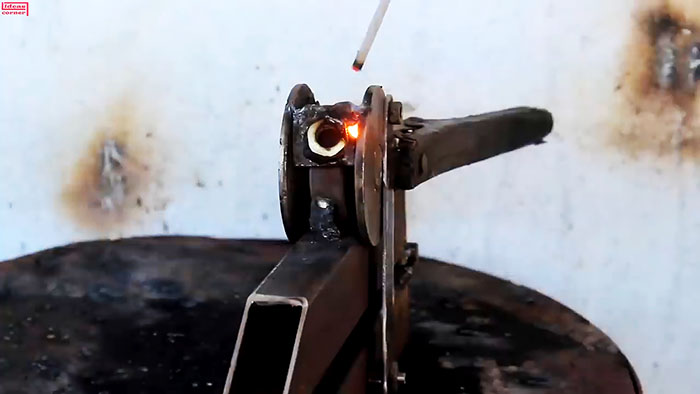
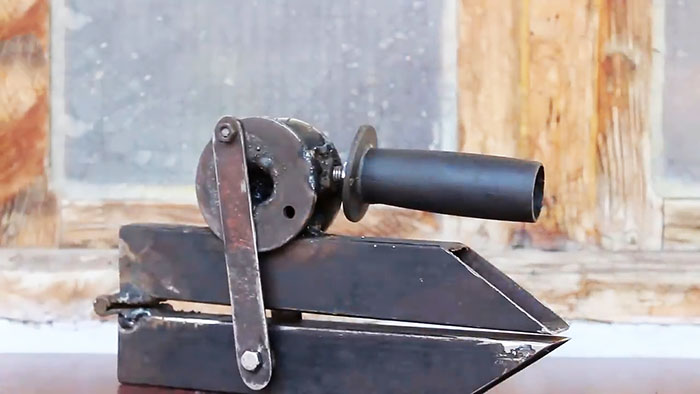
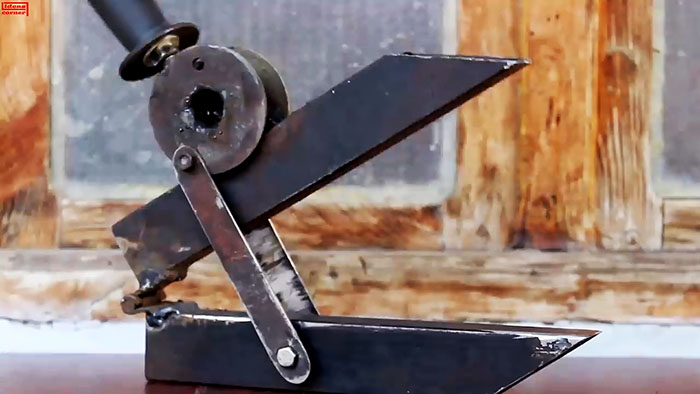
To make the jaws of the clamp, you need to cut 2 squares of 30x30 mm.

They are welded to turned nuts screwed onto scraps of studs or bolts.
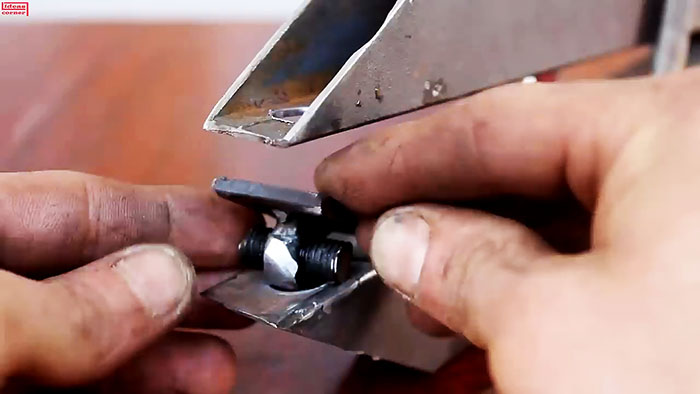
Large diameter holes are drilled in the ends of the clamp cut at 45 degrees. The axles of the jaws are welded to the shoulders. Thanks to the holes, they are not pinched and can be rotated. A notch is cut into the jaws.

The clamp is ready. Thanks to a special clamping mechanism, it compresses workpieces almost like a vice, and does this in one movement of the handle, which takes seconds.
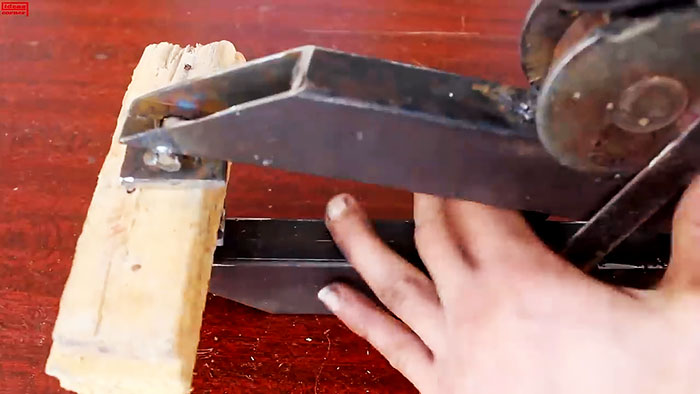
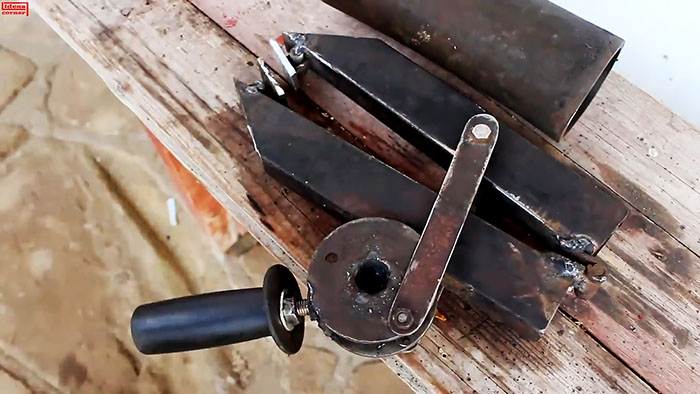

Materials:
- profile pipe 30x20 mm or more;
- strong overhead furniture hinge;
- a protective plate with a core removed from an acoustic speaker magnet;
- bearing;
- bushing for joining the core of the speaker plate and the inner race of the bearing;
- sheet steel 2-4 mm;
- handle from a grinder or drill.
Making a clamp
A profile pipe is used to make the clamp arms. 2 identical pieces of convenient length are cut from it. One edge of each trim should be cut at 45 degrees.

A furniture hinge is welded onto the shoulders from the flat end.

A hole is made in the core plate removed from the audio speaker magnet. A sleeve is placed on the core and the bearing is stuffed.

A washer is cut out of sheet steel, corresponding in diameter to the plate with the core. A hole is made in it opposite the hole on the speaker plate.The washer is welded to the bushing. You also need to weld the sleeve and core from the inside. The result is a powerful coil.


The coil is placed in the middle of the clamp arm and welded to it. You need to cook the upper race of the bearing.

2 rods are cut from sheet steel.

They must connect the holes on the reel, turned to the top point relative to the clamp, and the holes in its lower arm. Bolts are used as rotation axes for rods.


Now, when the coil rotates, the arms of the clamp open and contract. Having brought them together, you need to weld a washer with a nut into the front part of the coil in order to place the handle of an angle grinder or drill on it.



To make the jaws of the clamp, you need to cut 2 squares of 30x30 mm.

They are welded to turned nuts screwed onto scraps of studs or bolts.

Large diameter holes are drilled in the ends of the clamp cut at 45 degrees. The axles of the jaws are welded to the shoulders. Thanks to the holes, they are not pinched and can be rotated. A notch is cut into the jaws.

The clamp is ready. Thanks to a special clamping mechanism, it compresses workpieces almost like a vice, and does this in one movement of the handle, which takes seconds.


Watch the video
Similar master classes
Particularly interesting
Comments (1)

